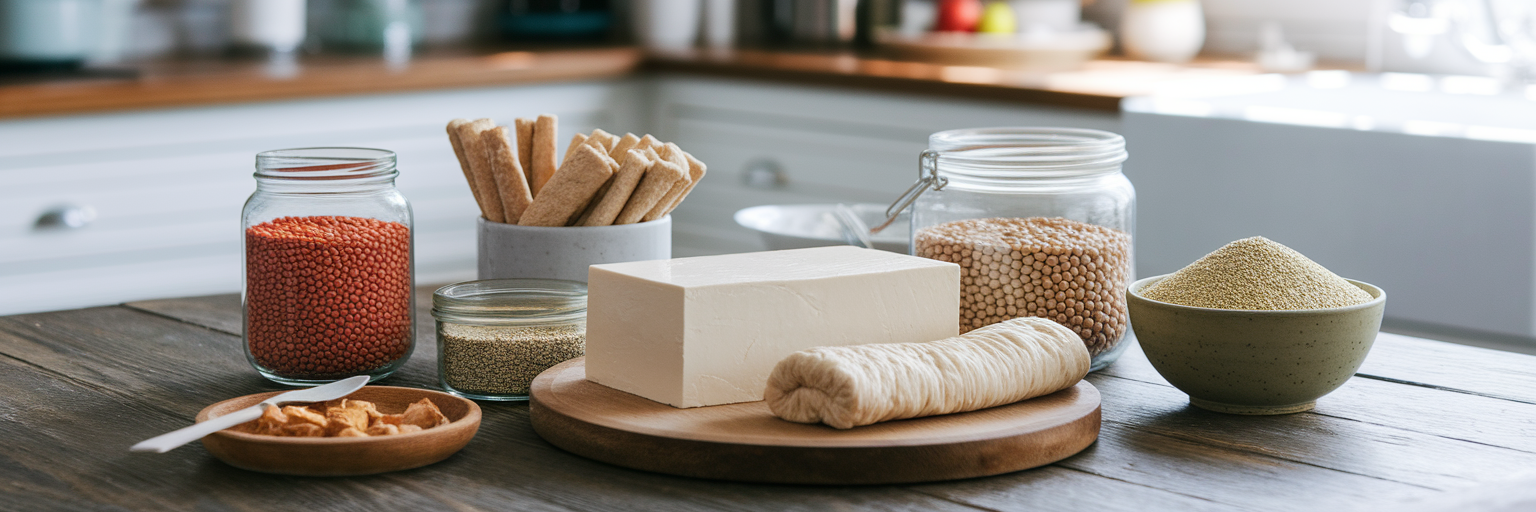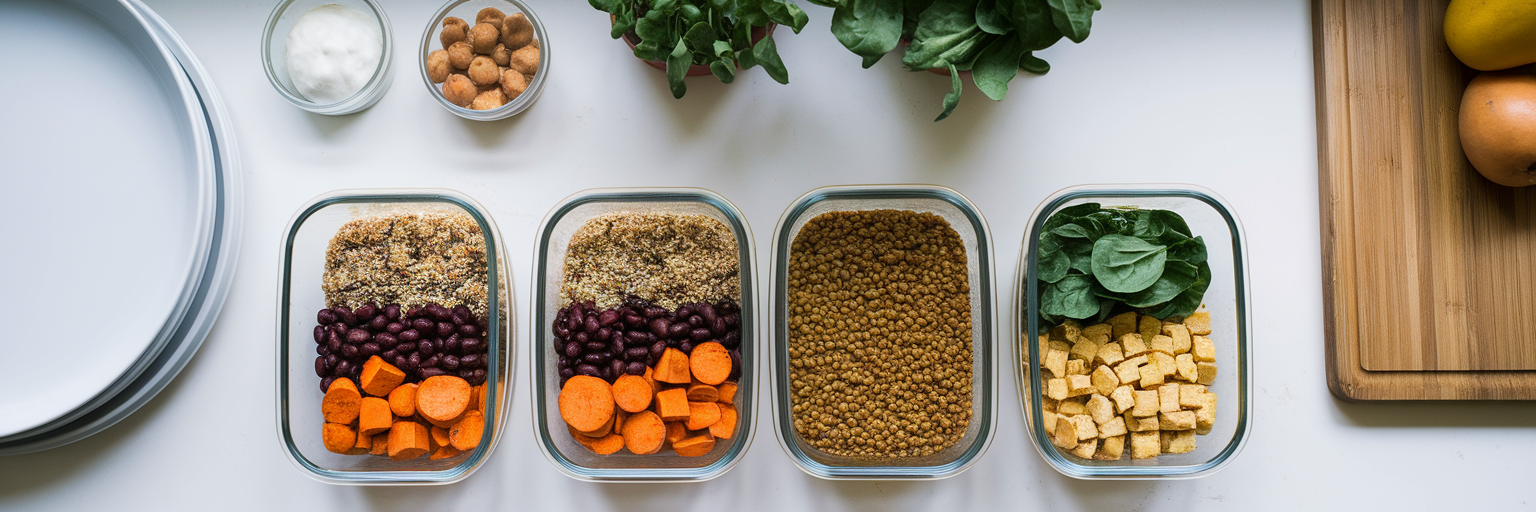Plant-Powered Strength Is Not a Myth
Let's clear the air on an old fitness myth: the idea that you can't build serious muscle without meat. If you're here, you're likely aiming to get stronger, build lean mass, and feel your best, all while following a plant-based lifestyle. That ambition is not only possible, it's happening in gyms all across the country.
This guide is your roadmap. We're not going to give you vague theories. Instead, we'll walk through a clear, actionable vegan muscle building plan. You'll learn how to identify the right protein sources, balance your plate for growth, plan your meals effectively, and stay consistent. Forget the myths; let's build some strength.
Your Go-To Plant-Based Protein Sources

When people ask, "how to get protein as a vegan," they're often surprised by the variety and potency of the options. Building a strong vegan diet starts with stocking your kitchen with a diverse range of plant based protein sources. Variety isn't just for keeping meals interesting; it's key to ensuring you get a full spectrum of amino acids, the building blocks of muscle.
The Foundation: Legumes and Soy
These are the heavy lifters of a plant-based diet. Lentils and chickpeas are incredibly versatile and affordable, forming the base for hearty curries, salads, and stews. Then you have soy-based powerhouses like tofu, tempeh, and edamame. Tofu is a chameleon, taking on any flavor you give it, while tempeh offers a firm, nutty texture that’s fantastic in sandwiches or stir-fries. For a truly dense protein source, seitan (made from wheat gluten) delivers a uniquely meaty texture.
Grains and Seeds That Pack a Punch
Protein isn't just in beans and tofu. You can boost the protein content of any meal with the right grains and seeds. Quinoa is a standout, offering a solid protein serving along with complex carbs. Sprinkling hemp seeds or chia seeds over your oatmeal, salads, or smoothies is another simple yet effective way to add protein, healthy fats, and fiber throughout your day.
The Amino Acid Puzzle
You might have heard about "protein combining," the idea that you need to eat certain plant foods together, like rice and beans, to make a "complete" protein. While it's true that different plants have different amino acid profiles, the modern understanding is much more flexible. Research has shown you don't need to combine them in the same meal. Your body creates a pool of amino acids from the foods you eat throughout the day. As long as you're eating a varied diet of legumes, grains, nuts, and seeds, you're giving your body what it needs to build muscle. For added convenience, exploring our guide on protein powders can help you easily meet your daily targets.
| Plant Protein Source | Approx. Protein per Serving | Best Culinary Use |
|---|---|---|
| Lentils | 18g per 1 cup (cooked) | Soups, stews, curries, and vegan meatloaf |
| Chickpeas | 15g per 1 cup (cooked) | Salads, hummus, roasted snacks, and curries |
| Tofu (Firm) | 20g per 1 cup | Scrambles, stir-fries, baked or grilled 'steaks' |
| Tempeh | 31g per 1 cup | Sandwiches, bacon substitute, stir-fries |
| Seitan | 25g per 3 ounces | Meat substitute in roasts, stir-fries, and sandwiches |
| Quinoa | 8g per 1 cup (cooked) | Salad base, side dish, breakfast bowls |
Note: Protein content is approximate and can vary based on preparation and specific product. This table serves as a general guide to help with meal planning.
Balancing Macronutrients for Optimal Growth
While protein gets most of the attention, a successful vegan bodybuilding diet is about the entire team of macronutrients working together. Focusing only on protein is like trying to build a house with just bricks and no mortar. Complex carbohydrates and healthy fats are just as essential for fueling your workouts and supporting recovery.
Think of your macros as having distinct but complementary jobs:
- Complex Carbohydrates: These are your body's primary energy source. They fuel tough training sessions and, just as importantly, replenish the glycogen your muscles burn during exercise. Sources like sweet potatoes, oats, brown rice, and whole-wheat pasta provide sustained energy without the crash.
- Healthy Fats: Don't fear the fats. They play a crucial role in hormone production, including hormones that are vital for muscle growth and repair. Including sources like avocados, nuts, seeds, and olive oil in your diet supports overall health and keeps your body's systems running smoothly.
For a simple visual, picture your plate at every meal: a large portion dedicated to a protein source, a healthy serving of complex carbs to power you through, and a source of healthy fats to support your body's functions. This balanced approach ensures you're not just building muscle but also sustaining your energy and health.
Meal Planning for Success and Consistency

Knowing what to eat is one thing; actually doing it consistently is what produces results. This is where a solid strategy transforms your knowledge into a real vegan muscle building plan. A little preparation goes a long way in keeping you on track, especially on busy days.
Here are a few simple steps to make meal planning work for you:
- Plan Your Week's Meals: Before the week starts, sketch out your breakfasts, lunches, and dinners. This eliminates guesswork and the temptation to grab less-than-ideal options.
- Build a Grocery List: Create your shopping list directly from your meal plan. This ensures you have everything you need and helps avoid impulse buys.
- Dedicate Time to Prep: Set aside a few hours on a Sunday to batch-cook grains like quinoa or rice, roast a big tray of vegetables, or make a large pot of lentil chili. Having these components ready makes assembling high protein vegan meals during the week incredibly fast.
For those serious about their goals, tracking your intake with an app can provide valuable feedback. To support muscle synthesis, a study from the Journal of the International Society of Sports Nutrition suggests a protein intake between 1.6 and 2.2 grams per kilogram of body weight. To find your target, just multiply your weight in kilograms (your weight in pounds divided by 2.2) by a number in that range.
Smart Supplementation for Vegans
Whole foods should always be the foundation of your diet, but smart supplementation can be a powerful tool for convenience and for filling any nutritional gaps. Vegan protein powders made from pea, rice, or hemp are an incredibly convenient way to hit high protein targets, especially in a post-workout shake when your body is primed for absorption. A scoop of our Chocolate Vegan Protein can easily turn a simple smoothie into a muscle-building powerhouse.
Beyond protein, a few micronutrients deserve special attention. Vitamin B12, Iron, and Zinc are critical for energy metabolism and muscle function. Since B12 is not naturally found in plant foods, supplementation or fortified foods are essential. As the National Institutes of Health explains, maintaining adequate B12 levels is crucial for nerve function and red blood cell formation, both of which support peak performance. Deficiencies in iron or zinc can also lead to fatigue and hinder your progress in the gym. Many of the best US supplements for energy are designed to address these specific needs, ensuring your body has everything it requires to perform at its best.
A Day of High-Protein Vegan Eating
Wondering what this all looks like in practice? It's more delicious and satisfying than you might think. Here’s a sample day to show you how easy it is to create high protein vegan meals that fuel your goals.
- Breakfast: Tofu Scramble with spinach, onions, and a side of whole-wheat toast with avocado.
- Lunch: A large Chickpea Salad with mixed greens, quinoa, bell peppers, cucumber, and a lemon-tahini dressing.
- Dinner: Hearty Lentil Curry with brown rice and a side of steamed broccoli.
- Snack: A protein smoothie made with a scoop of vegan protein powder, a banana, a tablespoon of almond butter, and unsweetened plant milk.
This is just a starting point. The possibilities are endless, and for more inspiration, you can check out some of our easy and delicious recipes you'll actually crave.
Overcoming Hurdles and Staying Motivated
Let's be real: any dietary approach has its challenges. You might experience "taste fatigue" from eating similar foods, or feel overly full from the high fiber content. These are normal hurdles, and they are easy to overcome.
To keep things fresh, experiment with herbs and spices, try new cooking methods like grilling or air-frying your tofu, and rotate your main protein sources weekly. Your body will also adapt to the higher fiber intake over time. Remember that consistency is more important than perfection. One off-plan meal won't derail your progress. Stay focused on your goal, listen to your body, and be proud of the powerful choice you're making.
If you found this guide helpful, please share it with a friend who's curious about plant-based fitness. And when you're ready to fuel your journey, feel free to explore our full range of products designed to support your goals.



